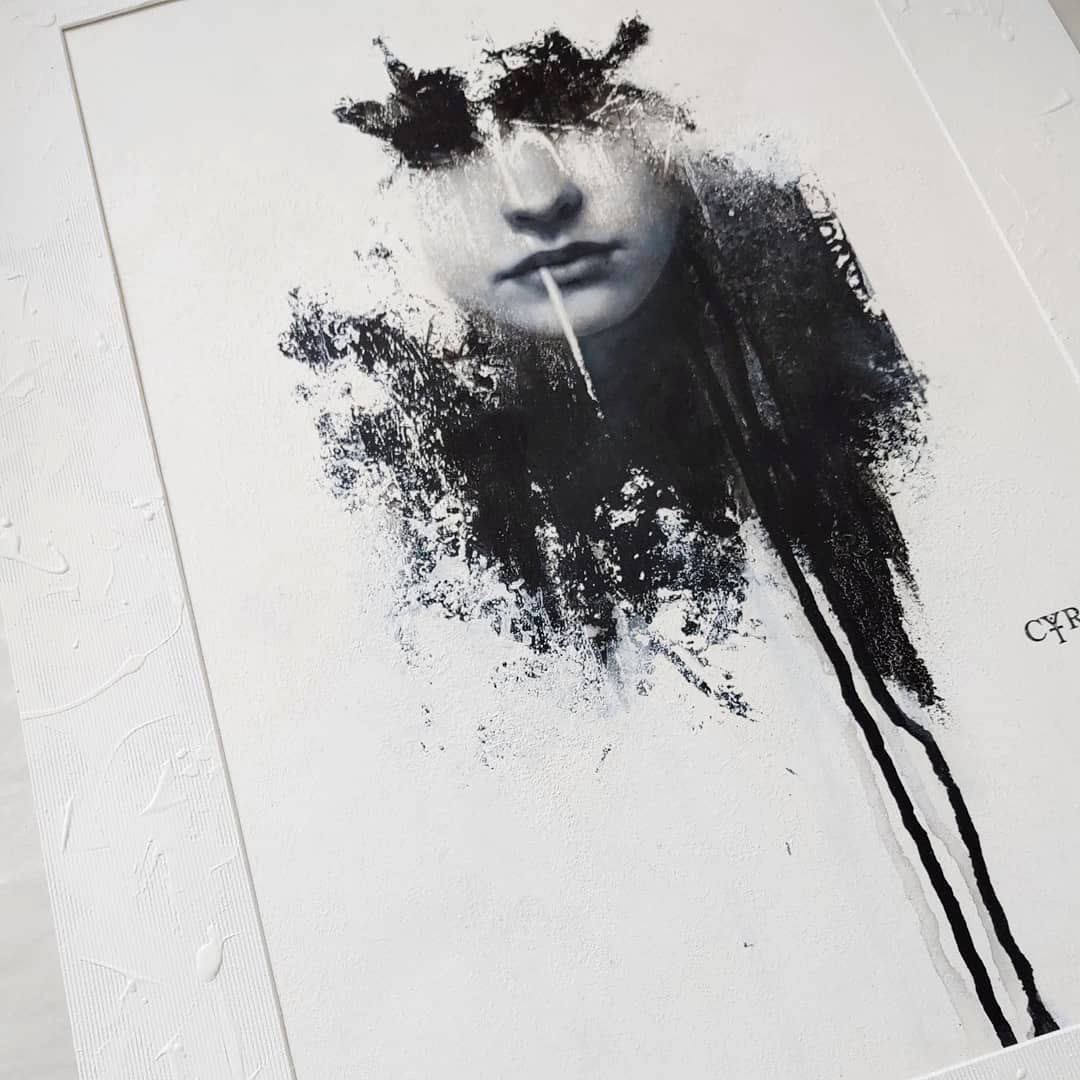
Emergence is a 17″ x 12″ painting created with a variety of non-traditional painting tools used to convey a symbolic message based upon the ancient Egyptian sacred scarab beetle. The matte is textured with gesso using a drip technique.
Today, I’d like to talk about symbolic mark making and painting with alternative tools. Traditionally, painting has always been considered a practice where brushes and panting knives are the primary mark-making tools. But, exploring outside of those traditional options can present interesting textures and marks onto the painted surface, adding meaning to the overall piece!
For the ancient Egyptians, the scarab beetle was considered sacred, holding magical powers for protection against dangers in this world and the next. They made amulets and other things celebrating its presence. The messaging behind the scarab beetle was one of renewal and spiritual maturity. It symbolized the aspect of looking beyond what is in front of us. It conveyed a knowing that was more intuitive in nature.
In my painting entitled Emergence shown above, I looked towards the scarab beetle and its powerful influence on the side of life that is more intuitive. If you look at the shape of the figurative face, you will actually see that I am pulling from an abstracted silhouette/shape of the scarab beetle’s body. I also kept the overall gesture of the work spontaneous, as to make the face appear like it’s coming out of a dark void. When we emerge into our true selves, we often come out of a place of struggle.
In the work, the background drips like water down the face and the darkness begins to dissolve. Water, specifically the Nile, was highly symbolic for the Egyptians. It was timeless and provided life to crops and game, often serving as a universal symbol for life. The sun and the eternal desert were also symbolic to the ancient Egyptians, as they conveyed a sense of continuance. The white background of my painting is quite textural, almost sand-like. To create this effect, I used a textured brayer to apply gesso and paint in layers, allowing each layer to dry in between coats. In addition, I used a plastic card, various sponges, an eyedropper, spray bottle and a wooden chopstick. For some of the facial details, I used brushes. But, the majority of the image was created with alternative tools.
In the piece, I worked from bold mark making to more definitive areas of textural detail. I put the background on broadly using a textured brayer. When I rolled the brayer in black gesso and acrylic paint, it applied a very irregular imprint onto the surface. My brayer has so much built up matte medium and matte gel medium on it that it has created a relief texture of its own! My textured brayer is shown above. Once my initial color field was dry, I rolled over the dark areas with heavy white gesso that I used straight without diluting it with water. You can see the thickness of the gesso and the pitted look of irregularity that it creates in the detail image below. I love the texture that paint in layers makes!
To alter and define the larger areas of black and white, I used various sponges. Sponges make really interesting marks onto the surface that are different depending upon the design of the holes in the sponges you choose. I have an entire selection of commercial and natural sponges to work with. I cut them up so that they are in a workable size for the job at hand. I also used a flat-edged plastic card like a painting knife to apply acrylic paint to the surface. If some of the marks become too heavy, I used a wooden chopstick that is sharpened at the tip to break up the shapes. I also removed things with a wet cotton swab and other non-traditional tools shown below.
For the more fluid applications, I filled up an eyedropper with liquid acrylic, letting it drip down the surface in certain areas of the painting. As it was drying, I used a mist spray bottle to bloom some of the areas of liquid acrylic along with the more impasto applications that have been previously applied to the surface. I also used some blotting techniques to further create texture.
Once my more refined shapes were in place, I began to pull out suggestive facial features and refine them as necessary. I also employed various acrylic paint for more definitive detail. At this point, it became a game between not making it too real but yet believable enough.
As you can see, brushes aren’t the only thing that you can use when it comes to making a painting imbued with symbolism. Look around your studio and your home to see what tools you could apply in your next mixed-media work! I have included a step-by-step demonstration on how to create a custom painting and or debossing tool for you to download: https://www.muddycolors.com/wp-content/uploads/2020/02/CYR-Lisa-Bonus-Technique.pdf
Since the work was delivered to an exhibition, I matted and framed the piece. To create a distinctive framing element, I textured the matte with gesso using a drip technique and flattened some of the areas with a plastic card.
For more mixed media painting techniques, check out my book Experimental Painting!
Experimental Painting investigates exploratory methodologies, techniques and approaches in mixed-media art. Throughout the highly visual book, many exciting in-depth demonstrations are featured, documenting cutting-edge mixed-media painting processes from concept to final execution. To offer an extensive array of visually-stimulating possibilities for artists to explore, both two-dimensional and three-dimensional techniques are covered in a range of subject matter. Conceptual and thematic approaches include using symbolism, metaphor and allegory, incorporating pluralism and non-linear storytelling, utilizing automatism and freeform painting and employing costuming, props and theatrical settings. Developing works both in multiples and in a series is also included. In addition, special sections on creative exploration detail the playful act of experimentation, utilizing alternative tools, materials and techniques. By delving into the myriad applications of mixed-media painting, the creative process is reignited, opening up a gateway for artistic works to grow and flourish.
To assist artists in venturing out on their own creative path with a unique voice and vision, topics on nurturing the creative spirit within, developing personal content through journalism, embracing a multidisciplinary mindset and creating message-driven art provide insight into the development of an artistic personality. The book closes with a chapter on creative self-promotion, revealing the latest marketing and presentation strategies for the working artist. There is an ever-expanding interest in exploring unconventional processes and approaches to establish aesthetic distinction in the marketplace. For artists that are looking to push their work to a new level, this book will be a valuable resource and an ongoing source for creative inspiration.
If you are interested in learning more about working in relief on the painted surface or working in experimental mixed-media techniques, check out my Masterclass on patreon!
https://www.patreon.com/lisalcyr
A Unique Approach:
Masterclass is a unique approach to learning, where each artist works on their own projects, whether that be standalone works or works in a series. Unlike a workshop or an assignment-driven class, this online atelier supports each individual artist’s intent on creating works that they really want to pursue.
There are approximately SEVEN Live Events every month. The Masterclass Saturday sessions (usually held on the first Saturday of the month) are from 11:00am to 1:00pm EST and the In the Studio sessions are from 2:00pm to 3:00pm on the same day. In addition, there is a monthly Paint, Draw + Create Together event (once a month) on Tuesday from 11:00am to 1:00pm EST and the weekly Sketchbook Meditation + Exploration Social events (3 to 4 times a month) are on Tuesday from 7:00pm to 8:30pm.
Patron Art Feedback sessions for Masterclass are conducted four times a year, giving each artist time to create their works. Artists that cannot attend live can submit up to 3 pieces for a live session review. Each review is recorded.
Experimental + Traditional Techniques:
The Masterclass online atelier covers a variety of topics from studio best practices to a vast array of experimental and traditional painting as well as expressive drawing techniques. The instructor provides monthly assistance and guidance through live demonstrations, lectures and group chats. If you miss a class, you can watch the recording at a later date.
Painted Passages: This series of posts and videos on how to employ freeform painting techniques to create magical backgrounds and environments in mixed media.
Collage Techniques: This series of posts and videos on using collage techniques in mixed-media works of art.
Working in Relief: This series of posts and videos focuses on working in relief in mixed media, exploring self-expression through texture-building and bas-relief techniques onto the painted surface.
Studio Basics: This series of posts and videos on artistic best practices for the studio artist, from working surfaces, grounds, painting mediums, varnishes, drawing and painting media to brushes, tools and equipment.
Expressive Drawing Series: This series of posts and videos explores alternative mark-making using drawing materials to create expressive works of art.
Conceptual Development: This series of posts and videos focuses on developing concepts for visually expressive works of art.
Masks, Props + Costuming: This series of posts and videos focuses on how I create unique masks, props and costumes for my figurative subjects.
Insights from the Natural World: This series of posts and videos explores using nature as an inspirational muse for creating artistic works
Just Imagine: This series of posts and videos explore working in a sketchbook as well as creating custom made books. Tactile surfaces, unique designs and engaging presentations stimulate brain activity, allowing artists to drift back to a playful state of mind.
Paint Pictures with Words Writing Club: This series of posts and videos explore writing about our works, creating poetry and prose and using the power of words to assist in the creative process!
Mixed Media Artist Series: This series of posts and videos includes insightful and thought-provoking profiles of leading artists, working in unique techniques and innovative approaches in art.
The Art of Promotion: This series of posts and videos cover artistic promotional strategies and practices.
Check out the complete Collection of Content already on the Navigating the Labyrinth of the Creative Mind site!
Behind-the-Scenes Access:
The artist brings you into her studio through live behind-the-scenes access and weekly posts and videos to current projects and creative endeavors.
In addition, you have early access to the artist’s upcoming Shows and Exhibitions.
Creative Enrichment:
Discussions regarding artistic growth and development, nurturing the creative spirit, developing personal content, embracing a multidisciplinary mindset and creating message-driven art are also explored as ways to assist artists on their own creative path.
Throughout this online workshop experience, artists discover a multitude of ways to ignite creativity, opening the door for the artistic spirit to shine! Check out the testimonials above from artists around the globe!
Get weekly access to the Rediscovering Your Creative Self weekly podcast which focuses on developing a relationship with the creative spirit that resides within and making daily lifestyle changes that enhance creativity, building a more creative and playful mindset.
Throughout the audio program, topics such as battling the inner critic, handling creative block, working through anxiety and self-doubt and interrupting the patterns that bind are explored. Managing fears, seeing mistakes as rites of passage, knowing when to open and close doors, riding the wave of triumphs and tribulations, avoiding distractions and coping with naysayers that keep one from seeing the light that resides within are covered.
Every month on the Navigating the Labyrinth of the Creative Mind site, there is new Sketchbook Challenge prompt and directive, allowing artists to discover alternative ways in which to practice art that is more personal. Art created from this endeavor is shared on the private Community Chat with other artists.
Sketchbook Meditation + Exploration Weekly Social
Every Tuesday night from 7:00pm to 8:30pm EST, you can attend an open sketchbook night social event called Sketchbook Meditation + Exploration. We discuss the Rediscovering Your Creative Self podcast episode of the week, setting an intention for our work and making daily lifestyle changes that enhance creativity.
Artists use the Sketchbook Meditation + Exploration weekly get-together as a time to commit to working in their sketchbook, experimenting and discussing with other artists topics that will help in developing a relationship with the creative spirit that resides within. Recordings are available for Masterclass artists if they miss a session!
Build a Community:
Be a part of a creative tribe, interacting with artists and enthusiasts from all around the world who have shared interests in art. This is an opportunity to create a robust artistic community, broadening your horizons as a creative person.
Your membership also includes private access to the Community Group, where patrons share art and works-in-progress, post the monthly Sketchbook Challenges as well as the weekly Sketchbook Meditation + Exploration Social art and work from the Paint Pictures with Words Writing Club. They also share inspiration, discuss new artistic tools, products and equipment as well as interesting and informative books on art and so much more!
Join Us:
The Navigating the Labyrinth of the Creative Mind Online Atelier has weekly posts and videos as well as several LIVE events each month.
Join month-to-month for $25/mo US or save 5% if you join yearly!
@copyright 2021 Lisa L Cyr, Cyr Studio LLC, all rights reserved


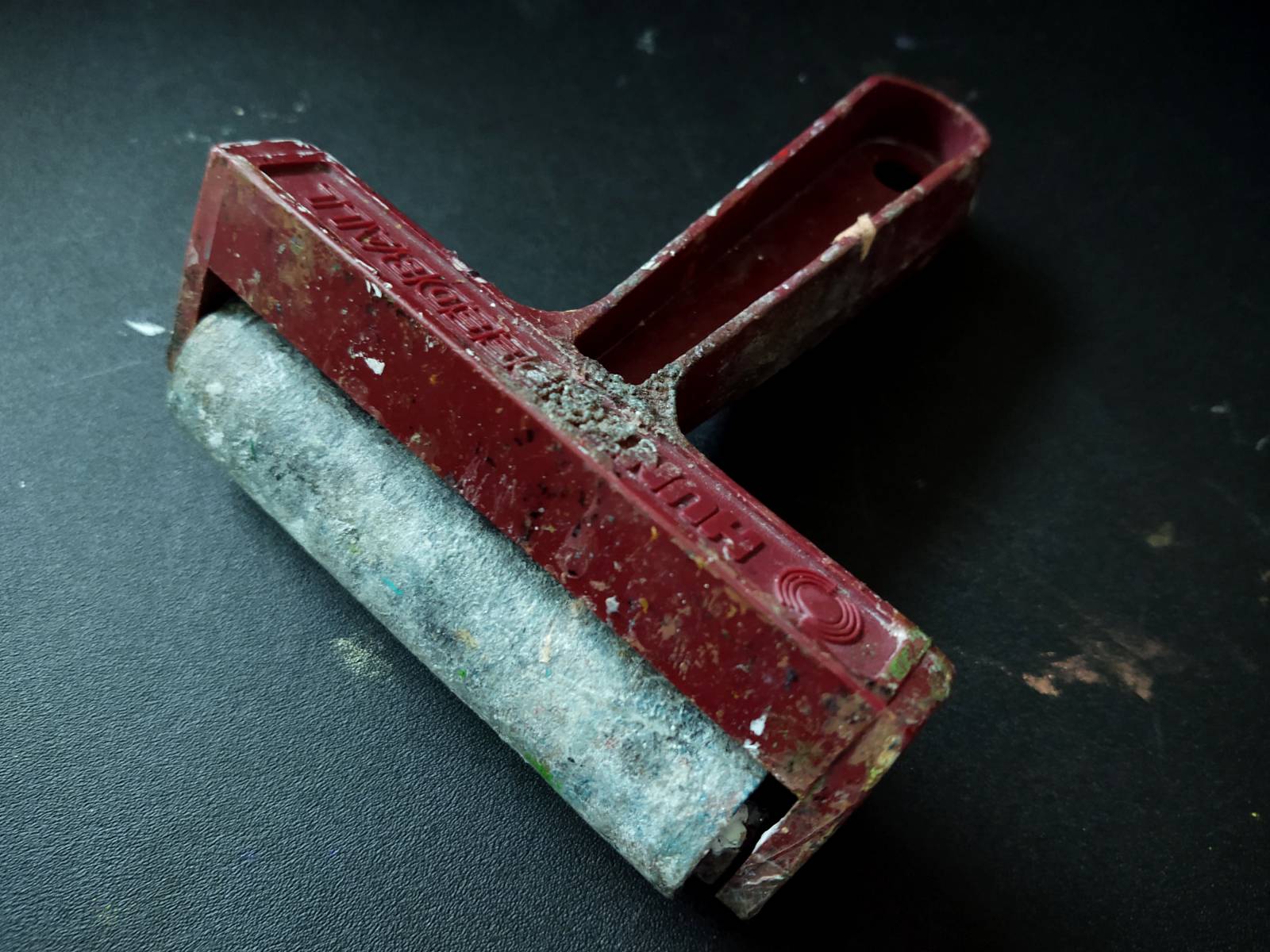
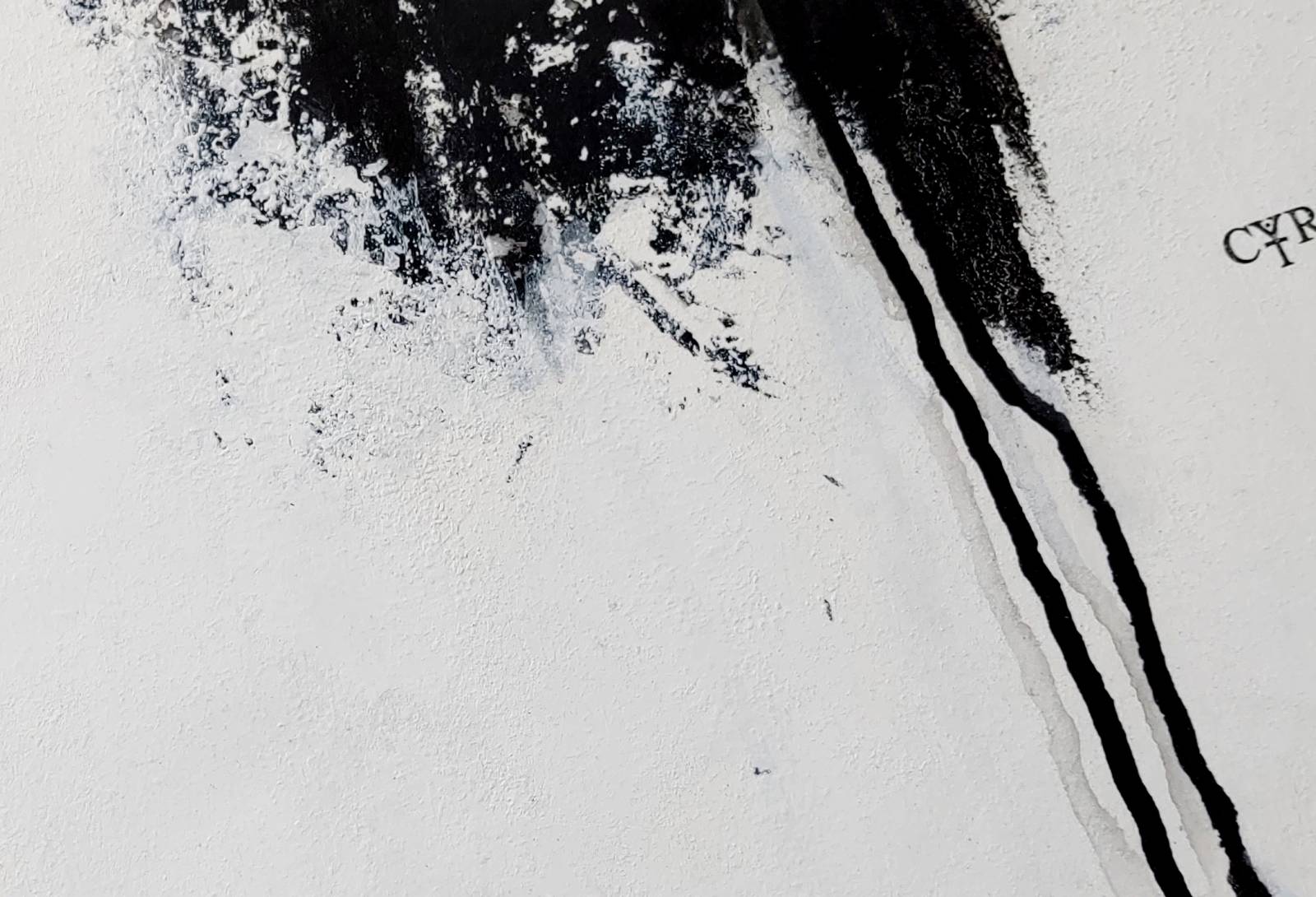
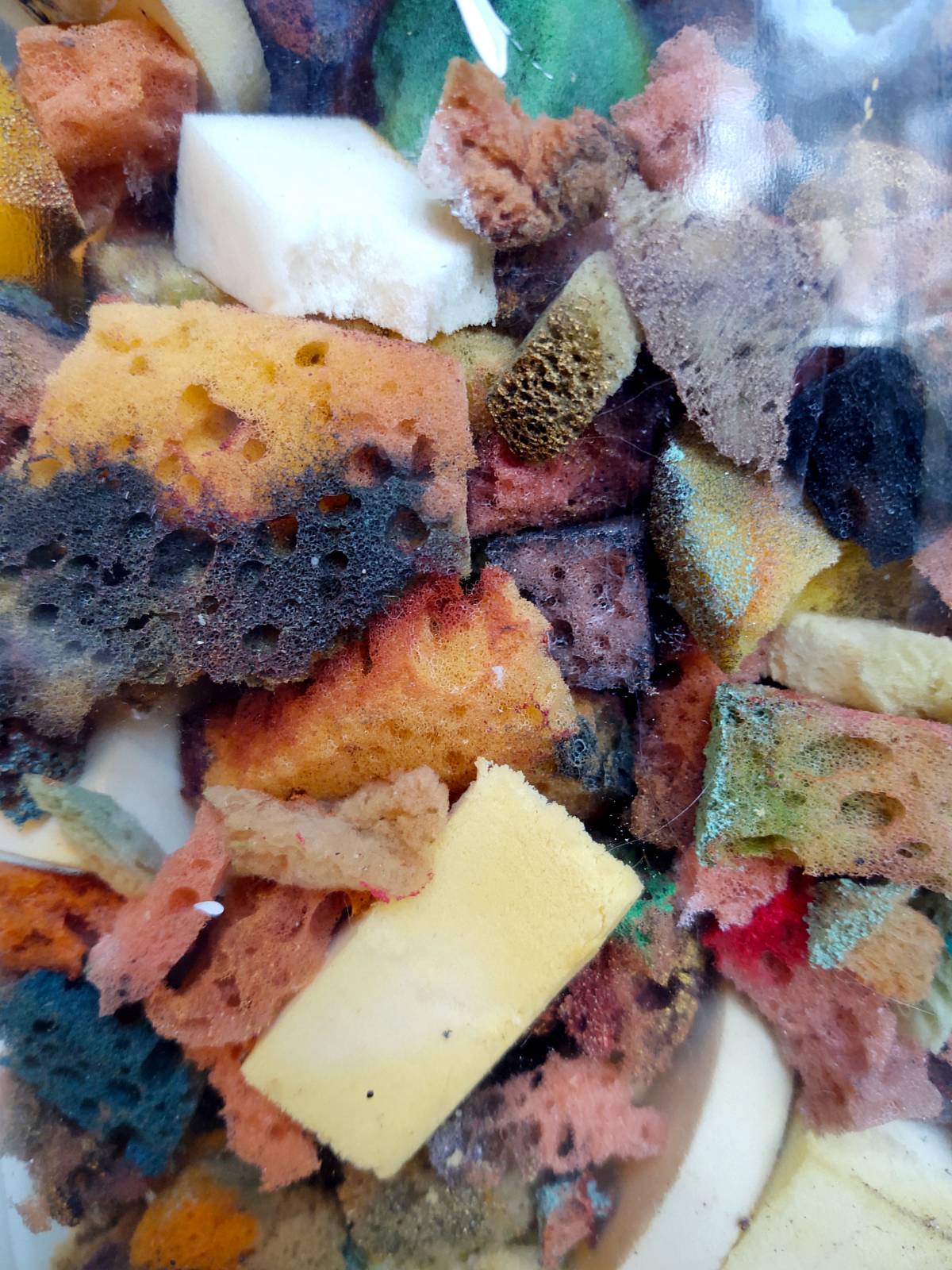
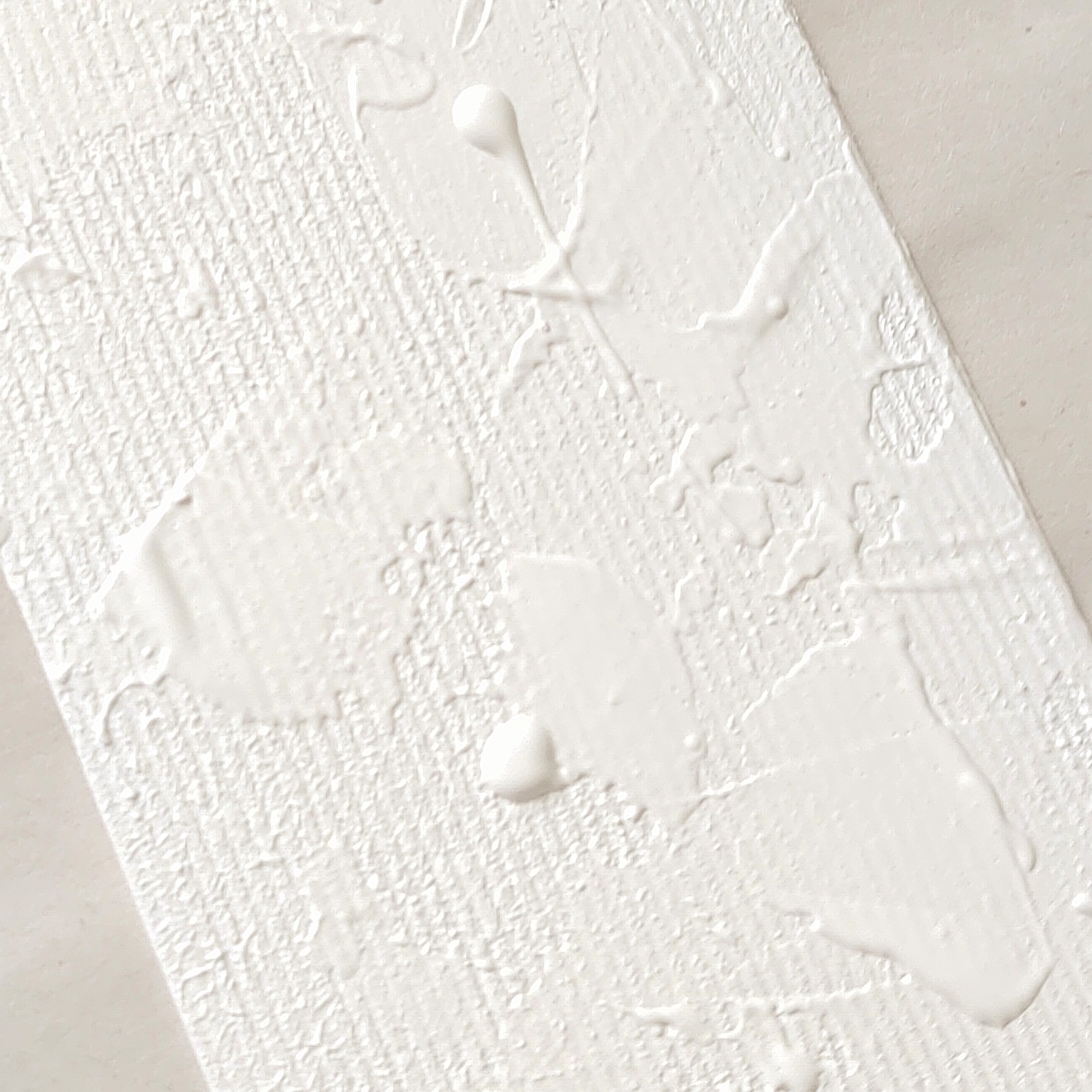
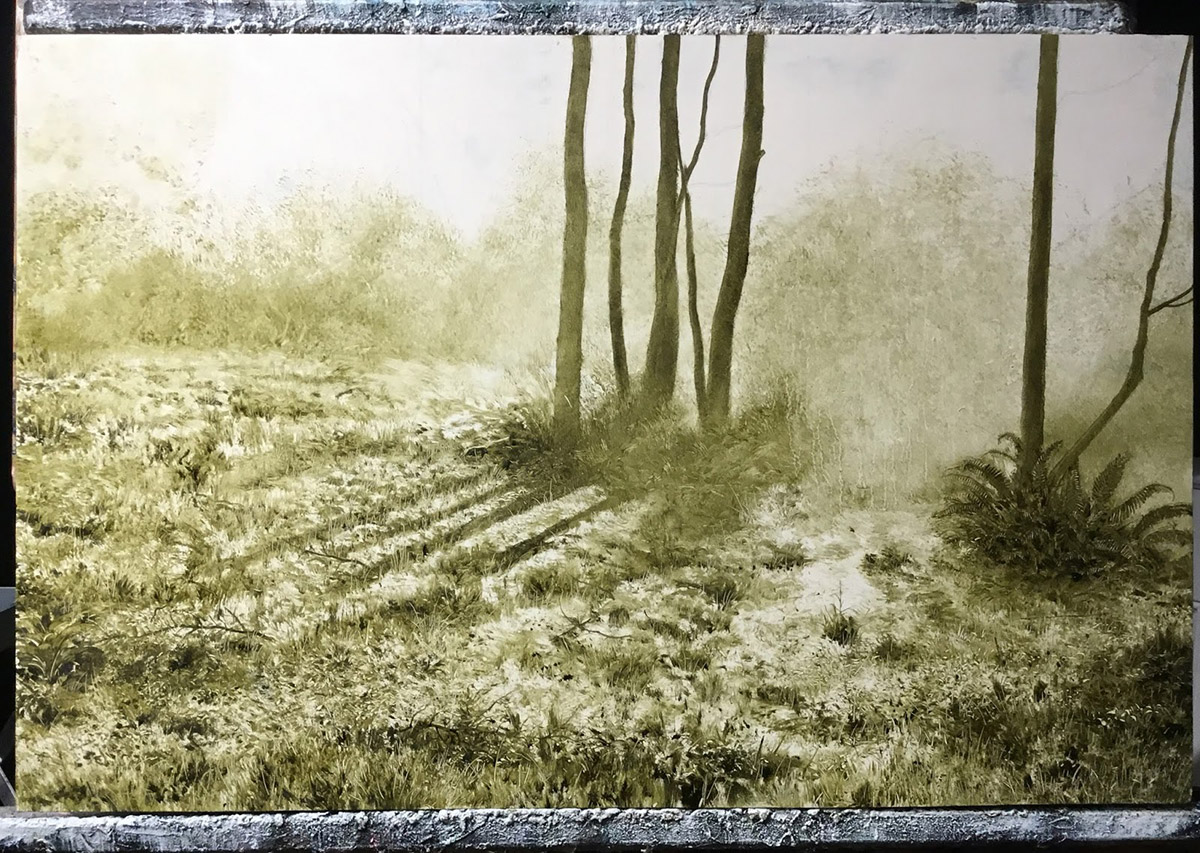
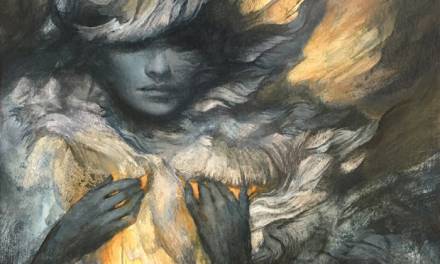
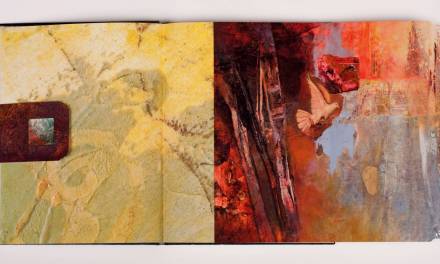
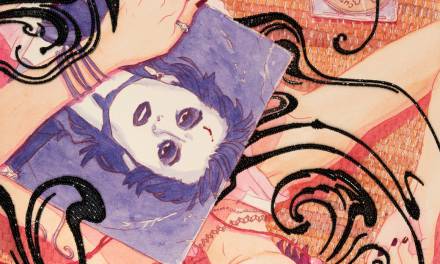
Awesome post, thanks a lot for your contribution Lisa!
You are so very welcome! So glad you enjoyed it!
Brayers are amazing, use them all the time. It’s fun to find different tools to paint with as it adds to expanding your creativity, thank you for the article! 🙂
I love experimenting! Glad you enjoyed the article!